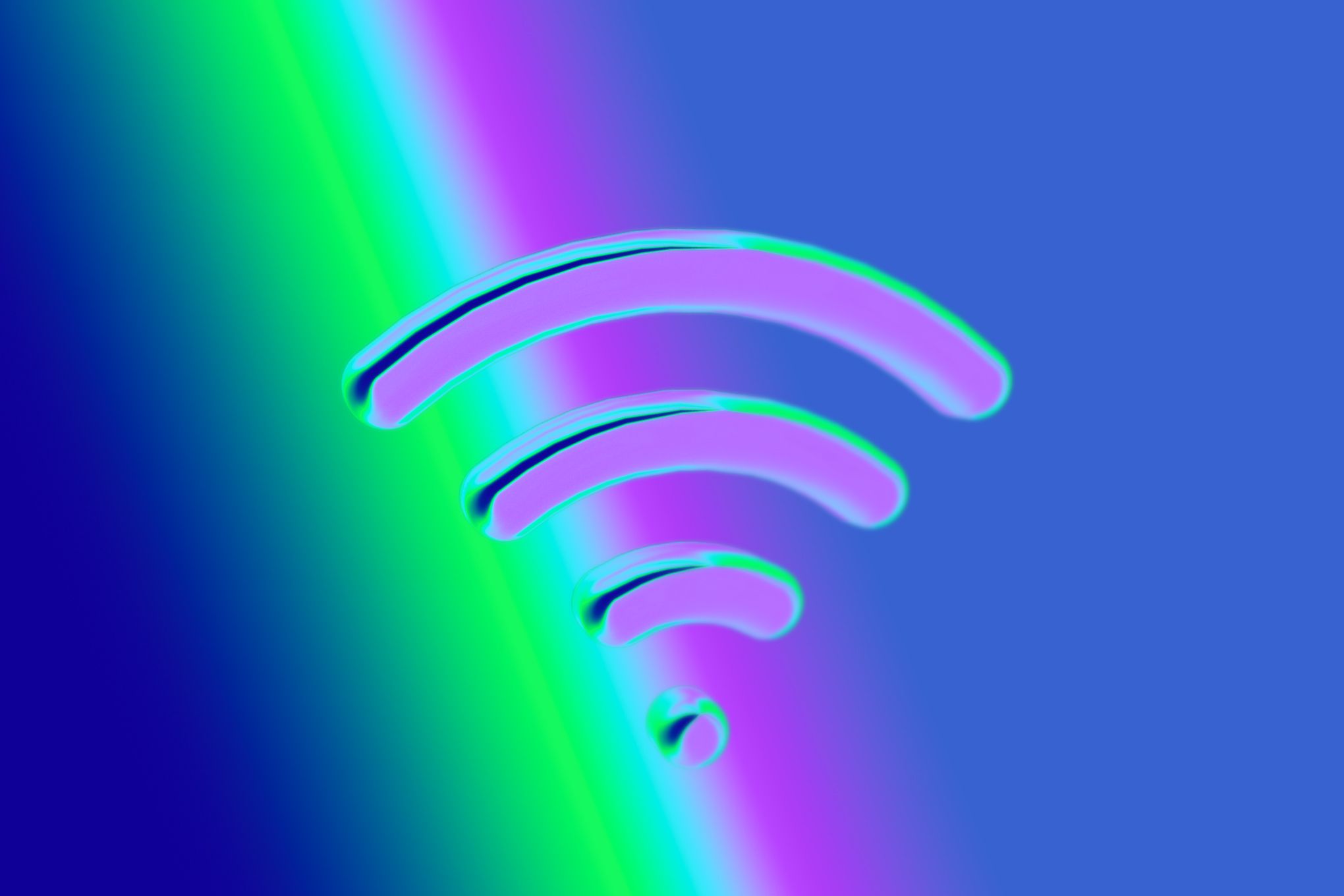TP-Link just pulled off the first successful Wi-Fi 8 prototype test, proving the next-gen wireless standard works in the real world. While Wi-Fi 7 is barely hitting store shelves, the networking giant is already validating Wi-Fi 8's core promise: rock-solid connections that don't drop when your house fills up with devices.
The wireless industry is moving fast - maybe too fast for consumers to keep up. TP-Link just announced it successfully tested the first Wi-Fi 8 prototype, and honestly, it feels like we're still figuring out what to do with Wi-Fi 7. But there's a method to this apparent madness.
The test itself was pretty straightforward. TP-Link validated the Wi-Fi 8 beacon and data transfer capabilities using hardware developed through what they're calling a "joint industry partnership." Translation: they're not going it alone, and the big players are already backing this thing. The company expects consumer devices to hit the market before the IEEE finalizes the 802.11bn standard in 2028.
Here's where it gets interesting though. Wi-Fi 8 isn't about breaking speed records. Qualcomm laid this out pretty clearly back in July - this generation is all about keeping you connected when everything goes sideways. Same theoretical peak as Wi-Fi 7 at 23Gbps, same frequency bands (2.4, 5, and 6 GHz), same 320MHz channel bandwidth. But the real-world performance? That's where the magic happens.
Anyone who's tried to maintain a video call while the kids are streaming Netflix and gaming simultaneously knows the pain points. Your connection doesn't just slow down - it straight up fails. Wi-Fi 8 tackles this head-on by managing more devices simultaneously and reducing lag when you're farther from your router.
The technical shift here mirrors what we've seen in other maturing technologies. Early Wi-Fi generations chased raw throughput numbers that looked great on spec sheets but fell apart in crowded environments. Now we're seeing the industry acknowledge what users actually need: consistent performance when dozens of smart home devices, phones, laptops, and streaming boxes are all fighting for bandwidth.
"Wi-Fi 8 marks a fundamental pivot - moving beyond peak speeds to prioritize reliable performance in challenging real-world conditions," Qualcomm explained. "It's designed to bring Wi-Fi closer than ever to the reliability and responsiveness of wired infrastructure."
That last part is key. The goal isn't to make wireless faster than wired - it's to make it as dependable. No more "robot voice" during important calls. No more buffering when you walk to the kitchen. No more dropped connections when your smart doorbell decides to upload footage.












